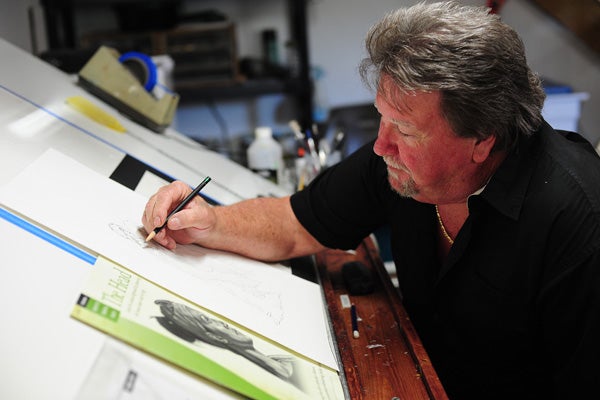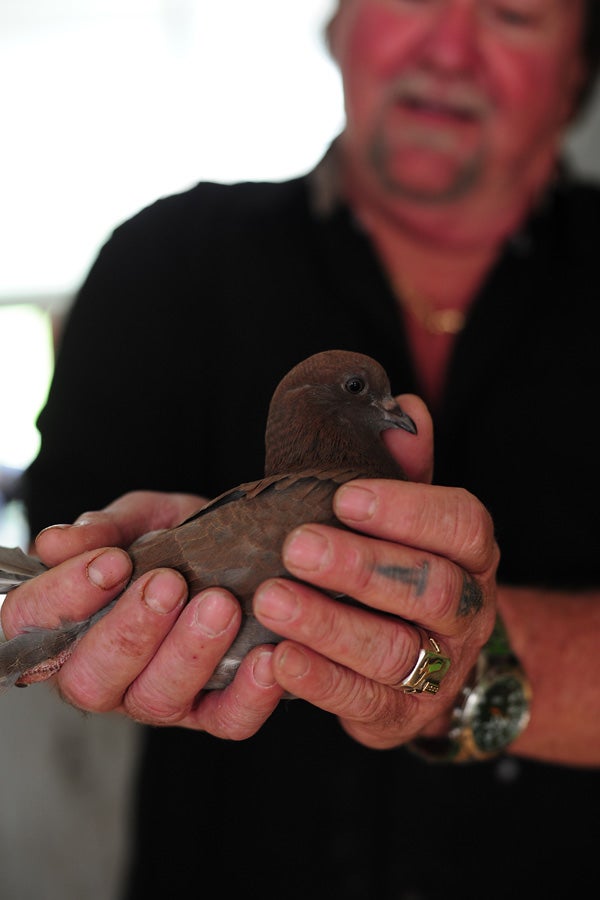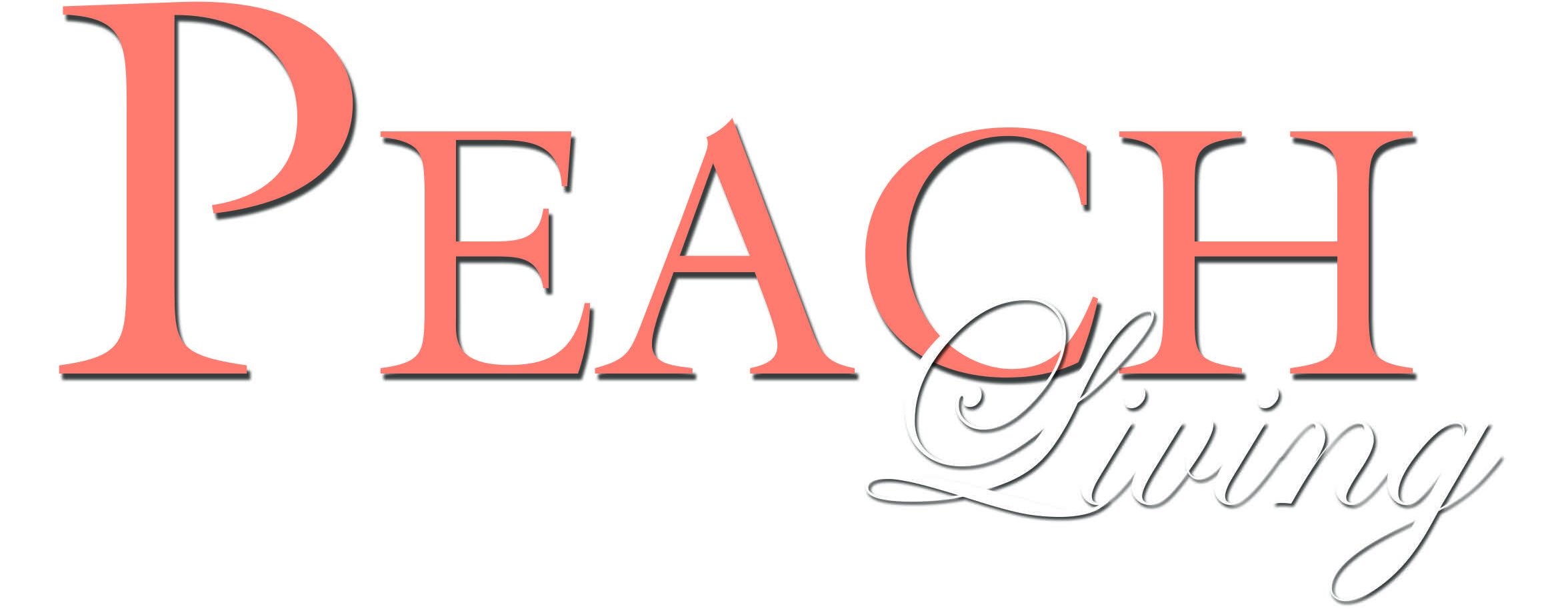
By Emily Beckett
From the moment an art instructor at the New Orleans Art Institute told Allen Turcotte he was holding his paintbrush the wrong way, he made up his mind to paint on his own terms.
Turcotte, 64, of Jemison, lives by the same principle today.
The incident with his art instructor in 1976 stuck with him and comes to mind when he looks at the first oil painting he ever created—the same one he was told wouldn’t materialize if he didn’t adjust his grip on the paintbrush.
“It just wasn’t comfortable for me,” he recalled. “All artists are different. They’re like clouds in the sky; there’s no two the same.”
No two pieces of Turcotte’s artwork are the same, either. Even if they were, he probably wouldn’t have time to compare them.
Save his infamous oil painting and a handful of sketches, Turcotte gives every piece he creates to someone else.
“I don’t sell any artwork. The reason why I give it away is because I learned late in life the greatest gift we can get is the gift of giving,” he said. “Most of the time when I end up doing a painting for somebody, I’ve figured out what they like and what they don’t like, and I do it as a gift because it’s what makes me feel good.”
After serving in the military during the Vietnam War and coming away with disabilities, Turcotte has learned where to go for the good.
“I was with NORAD—National Air Defense,” he said. “Some of it, I like to try to remember, but a lot I like to try to forget. It’s part of life.”
He was diagnosed with Obsessive Compulsive Disorder (OCD) and Post Traumatic Stress Disorder (PTSD) and spent a large amount of time in the hospital.
“I had some rough times in the military,” he said. “When I got out of the military, I started thinking about the rest of my life and what I wanted to do.”
He decided to go to NOAI for art, a guiding force in his life since childhood.
“Ever since I was a little kid, I could always draw,” he said. “That’s something I never had any problems doing.”

His artistic talent was not the problem—it was the lack of passion he felt in jobs forcing him to churn out artwork he described as “uninspiring.”
After graduating from NOAI with an associate degree in art, Turcotte started working at a promotional company in New Orleans that produced various memorabilia for world-touring rock and roll bands, including Pink Floyd, Jimmy Buffett, Genesis and Boston.
As a commercial illustrator, he moved up the company ladder and became art director.
When the New Orleans company merged with another promotional company in Dallas, Turcotte relocated to the Texas metropolis.
But he seemed to be trapped between a need to provide for his family and a need to channel his talents into pieces with greater meaning than simply another paycheck.
When the Dallas company closed, he began freelancing his artwork and landed a job at a women’s clothing company designing textile prints.
“After a time doing that, I just said, ‘I can’t,’” he said. “This is not what I started out being an artist for. There’s no feeling in it. There’s no passion in it.”
By then, Turcotte and his wife Jackie had two children, Mark and Melissa.
“I wanted to raise them in a better environment than Dallas, so we moved here,” he said.
“An opportunity came up that I could move to Alabama and live off in the country and not have to worry about all the hustle and the bustle of the big city, so that’s what I did, not knowing at the time that moving to Alabama was the wrong move for my career.”
A steady income was what he needed to support his family, so he set art aside and started working at Gene’s Marine Sales.
In 1989, he suffered a nervous breakdown and endured another long hospital stay.
He recovered and resumed his job at Gene’s Marine, working most days and long hours every week, but it still wasn’t enough.
He left Gene’s Marine and started working at Pitt-Des Moines, a construction company that built the Gateway Arch in St. Louis, Mo.
Chicago Bridge and Iron—who built the peach atop Clanton’s famous water tower at exit 212—took over PDM, Turcotte said. He continued his work there until he suffered more health setbacks.
“After a while I was there, I started having more problems. It got to a point where I was confused all the time,” he said. “My problem is I’m OCD, and I also have PTSD. You combine those two together, and it’ll take a toll on somebody.”
He began receiving medical treatment from Veterans Affairs and slowly improved.
“I’m back to painting again, but now, my artwork has a different meaning,” he said. “The paintings that I’m doing speak a lot about what I feel.”
Turcotte has lived in Chilton County for 31 years. One tour of his home spread on the outskirts of Jemison shows how much of his creativity travels beyond the blank pages in his sketchbook.
His art studio, which he built himself, sits fewer than 100 steps from his house, just next to his garden.
Even more interesting is the cluster of pigeon houses near his studio.
“Picasso had pigeons. The reason why Picasso had pigeons is because they calmed his nerves,” Turcotte said. “When he got real high-strung on artwork, he’d go out there and just listen to them coo, and they’d calm him down.”

He said he has had pigeons ever since he was a child and started doing artwork.
“They are a part of my life,” he said. “I enjoy being around them, and they enjoy being around me. They’re well taken care of.”
Turcotte can be found in his small, two-story studio at any time of the day or night, depending on when he’s inspired to create something new or finish a project.
“I spend as much time out there as I can, which is every day. Most of my energy, when it comes to artwork, comes between about 8:30–9 to the wee hours when everything quiets down,” he said. “When the world shuts down a little bit around me is when I can concentrate. If I get locked into a piece, I can usually work till the next day.”
He has no reservations about throwing away drafts of his artwork that don’t meet his expectations.
“Not all the pieces are easy. When you’ve got to throw a piece away because you just didn’t connect with it, it can upset you really bad.”
He said many things inspire him. Many people inspire him, including fellow Chilton County artist Sarah Jackson.
But the bulk of his creative energy comes from another friend he calls his “muse.”
“All artists have muses. A muse is what controls your creative thoughts,” he said. “She’s an artist as well. She encourages me, and she inspires me just by knowing her.”
Turcotte views art as therapeutic yet challenging. After giving up painting for about 10 years, he has no plans to relinquish that paintbrush.
“For all the years that I did artwork and walked away from it, I know how it is to not be able to be with the thing you love to do,” he said. “I knew that it wasn’t going to leave me. I just had to set it aside for a little while.”
Several weeks ago, Turcotte said he was working on several pieces, one intended for his 13-year-old granddaughter.
“For me to express a feeling on a piece of paper and give it to you and let you know what I think—that’s important,” he said. “I’m glad I have the talent or the ability to do that. As long as I do, I’m going to continue. I believe I’ll get better as I go.”
